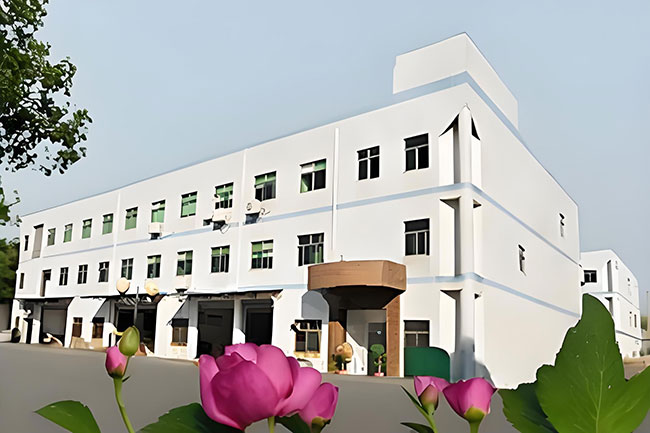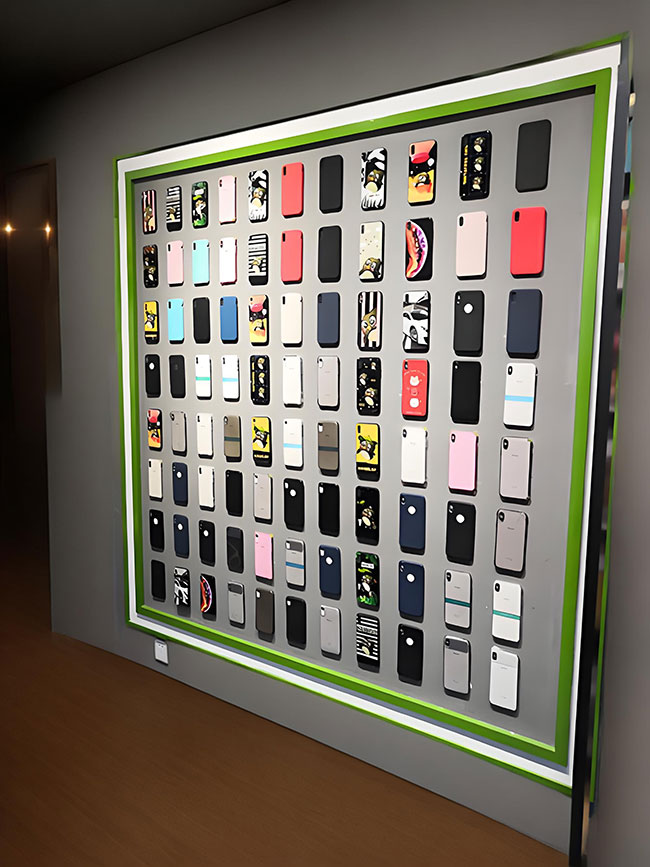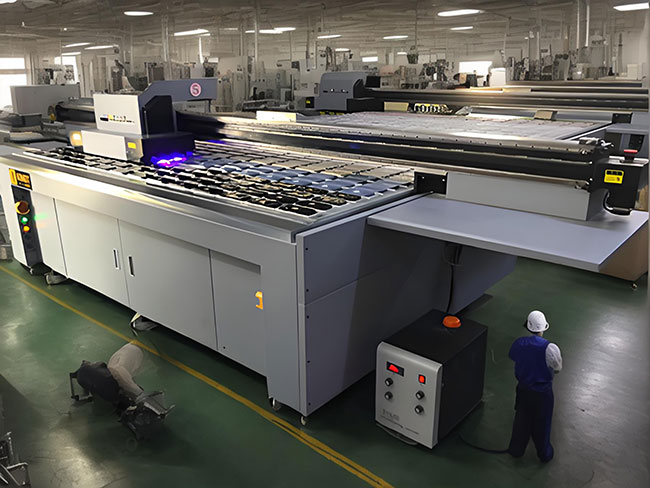-
The Essential Role of Data Cables in Modern Connectivity
Data Cable 5ViewCount
the seamless transmission of data and power has become paramount to our daily lives. From charging our smartphones to powering data centers that keep the world's information flowing, the humble data cable plays a pivotal role. Today, we delve into the significance of various types of data cables, including USB Type-C data cables, USB to Micro USB data cables, data center power cables, Type-C to Type-C data cables, and CAT 6 data cables, and how they contribute to the interconnectedness of our digital world.

At the forefront of modern connectivity stands the USB Type-C data cable. This revolutionary connector design has revolutionized the way we charge devices and transfer data. With its reversible design, users no longer have to worry about the orientation of the cable when plugging it in, making it a true game-changer. USB Type-C supports high-speed data transfer rates, enabling users to move large files quickly between devices. Furthermore, its compatibility with USB Power Delivery (PD) allows for faster charging of devices, including laptops and smartphones, making it an indispensable accessory for anyone on the go.
cable still holds its own in the market. This cable has been a staple for connecting smartphones, tablets, and various peripherals to computers and power sources for years. Its compact Micro USB connector has become ubiquitous, ensuring compatibility with a wide range of devices. Although it might not offer the same speed or versatility as USB Type-C, the USB to Micro USB cable remains a reliable option for many users, particularly those with older devices.
Moving away from individual devices, data center power cables form the backbone of the digital economy. These cables are designed to withstand the rigorous demands of high-density computing environments, ensuring reliable power delivery to servers, storage systems, and networking equipment. With the increasing reliance on cloud services and big data analytics, the role of data center power cables has become even more crucial. They must not only provide continuous power but also ensure efficient heat dissipation to prevent overheating and maintain optimal operating conditions.
As USB Type-C adoption grows, the Type-C to Type-C data cable is emerging as the standard for device-to-device connectivity. This cable offers unparalleled convenience, allowing users to connect two Type-C devices directly, without the need for adapters or converters. Whether transferring large files between laptops or charging a device from another, the Type-C to Type-C cable simplifies the process and ensures maximum efficiency.
Lastly, CAT 6 data cables are the unsung heroes of network infrastructure. These cables are designed to support Gigabit Ethernet speeds, making them ideal for high-bandwidth applications such as video streaming, large file transfers, and voice over IP (VoIP) services. CAT 6 cables feature improved crosstalk and noise interference protection over previous generations, ensuring reliable and fast data transmission over longer distances. They are the backbone of modern office networks, connecting devices and enabling seamless communication within and across organizations.
data cables may seem like a mundane aspect of our digital lives, but they are indispensable in enabling the seamless transfer of data and power. From the versatility of USB Type-C to the reliability of CAT 6 data cables, each type serves a crucial role in connecting the dots of our digital landscape. As technology continues to advance, the importance of these cables will only grow, ensuring that our interconnected world runs smoothly and efficiently.
Factory production workshop |

|

|

|
Rarticle:
- Small phone case, fashion label for big city adventurers
- Mobile power bank accompanies me in dimly lit places
- Wilderness Survival: Adventure of Charging Cables
- Design and Application of Intelligent Interactive Phone Cases
- The infinite possibilities brought by the 360 degree rotating phone holder
- The combination of creativity and practicality in homemade phone holders
- The phone screen protector suddenly cracked
- Small Stand, Big World: A Chinese Engineer's Journey of Mobile Phone Stand
- Data Maze: Time Fragments in Mobile Hard Drives
- The accidental fire of mobile phone charging cable